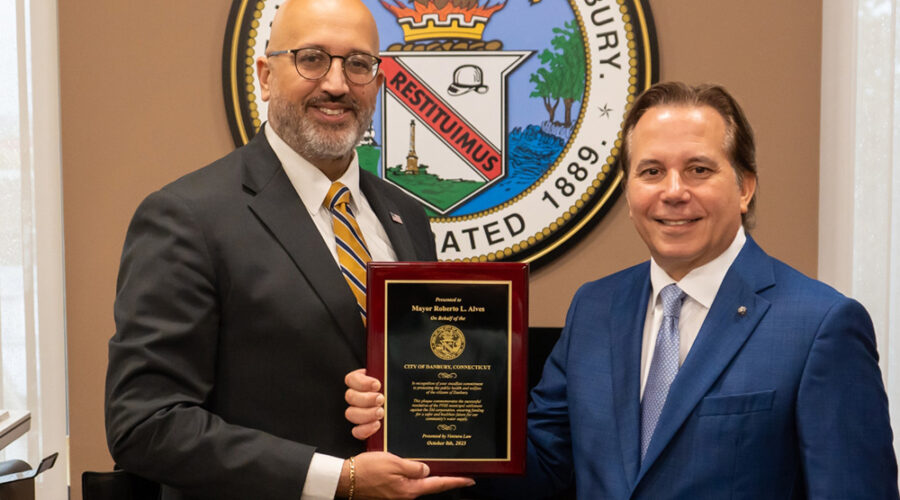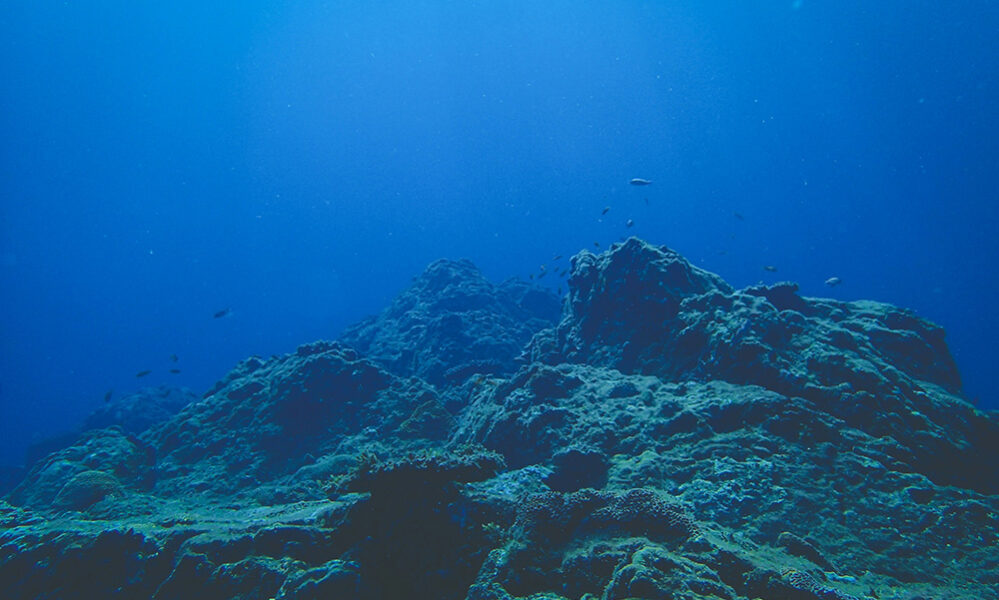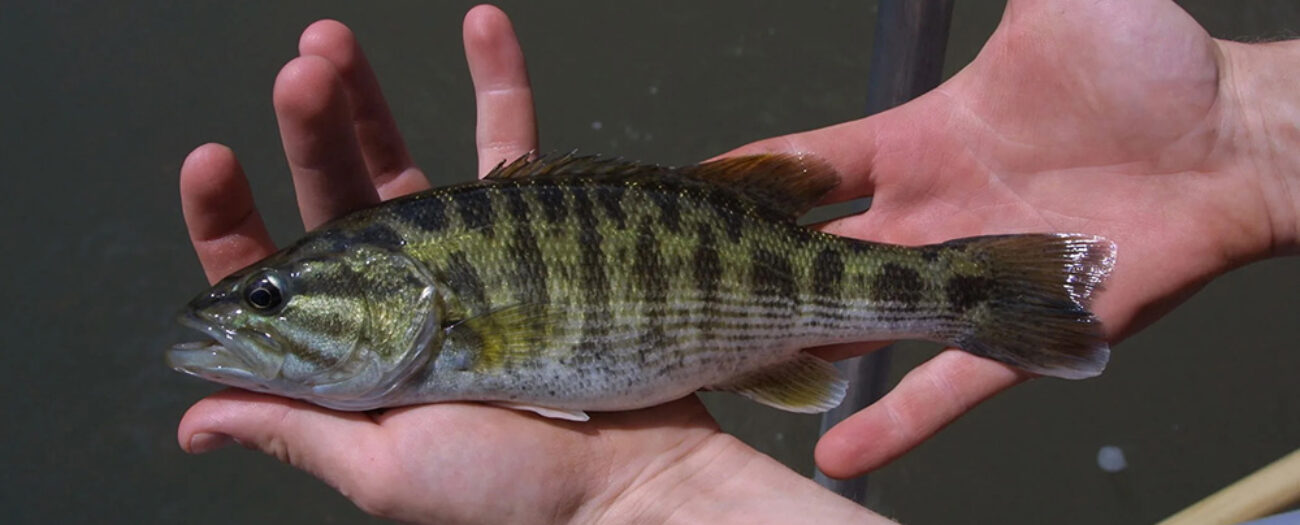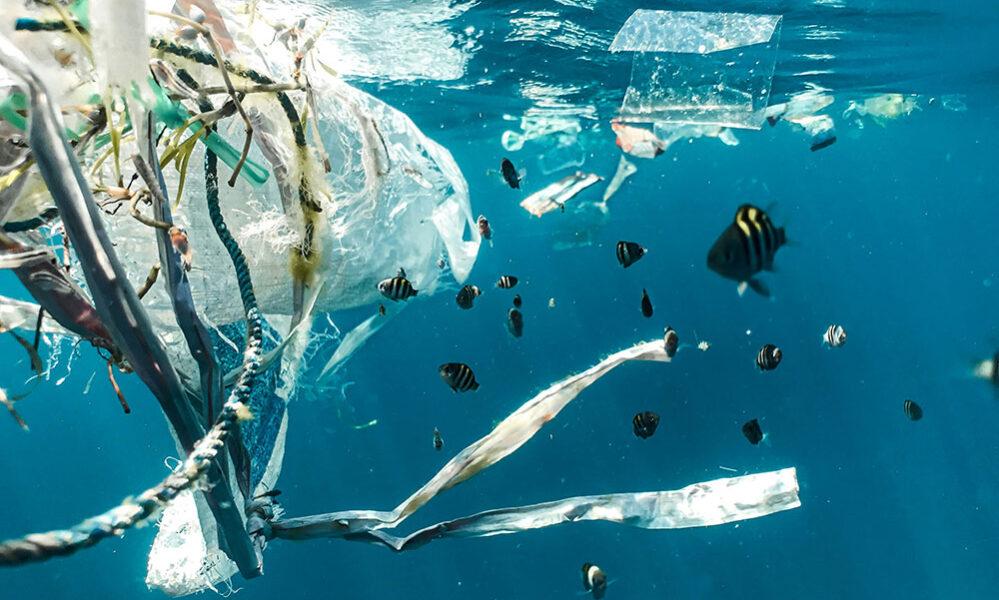ENVIRONMENT AND CLIMATE
Working together to protect residents, Ventura Law and the City of Danbury achieved a significant PFAS settlement that ensures cleaner water and a healthier future for their community
The City of Danbury is set to receive a settlement award of nearly $3.5 million as part of a nationwide legal agreement aimed at addressing the contamination of public water supplies due to PFAS pollutants, commonly referred to as “forever chemicals.” This significant settlement is part of multibillion-dollar deals reached with major corporations, including 3M, DuPont, Chemours, and Corteva, which have been producing these harmful substances for decades.
PFAS, or per- and polyfluoroalkyl substances, have been widely used since the 1940s in various products such as firefighting foam, nonstick cookware, and waterproof fabrics. Known for their persistence in the environment, these chemicals are associated with serious health risks, including cancer and immune system disorders.
Danbury Mayor Roberto Alves expressed relief and determination in the face of this settlement: “The settlement awards achieved through this national litigation ensure that polluters, not taxpayers, bear the costs of cleanup and remediation.” The City has already received payments amounting to approximately 65% of its settlement, with additional funds expected over the next four years.
In the broader context, 3M has agreed to pay up to $12.5 billion in these settlements, while DuPont, Chemours, and Corteva have collectively settled for up to $1.19 billion. The funds from these settlements are being allocated to public water systems nationwide to support both past and future testing, treatment, and infrastructure enhancements.
Mayor Alves emphasized Danbury’s commitment to ensuring safe drinking water for its residents, stating, “We are committed to protecting public health and will continue monitoring Danbury’s water to ensure safety and quality. These funds will help us…
CURRENT EDITION
RH
WASHINGTON BUREAU
U.S. Treasury Sanctions Haitian Gang Facilitators Linked to Viv Ansanm Terror Network
The U.S. Department of the Treasury’s Office of Foreign Assets Control (OFAC) has announced new
ICE Arrests More Than 1,400 Noncitizens in Massachusetts During ‘Patriot 2.0’ Operation
U.S. Immigration and Customs Enforcement (ICE) and federal law enforcement partners arrested 1,406 individuals unlawfully
Mendenhall Glacier’s Seasonal Flood Mitigation Efforts Yield Positive Results

Last week, Juneau faced the annual challenge of the Mendenhall Glacier’s lake outburst flood as glacial waters streamed towards the city. Thankfully, extensive preparations made by the U.S. Army Corps of Engineers (USACE) helped mitigate the potential threats to local infrastructure and public safety.
In an effort to protect the…
New Research Highlights Strategies for Water Conservation and Pollution Mitigation

Water is fundamental to life on Earth, supporting everything from cellular processes to complex ecosystems. Recent studies published in ACS journals offer valuable insights aimed at protecting our natural water sources and ensuring access to safe drinking water for a growing population.
One of the pressing issues addressed in these…
U.S. Department of Energy Report Challenges Conventional Climate Change Narratives

In a striking new report, the U.S. Department of Energy (DOE) has evaluated existing literature and data on the impact of Greenhouse Gas (GHG) emissions on climate change, positing that the economic damages from CO2-induced warming may be less severe than widely believed. The report, titled *A Critical…
Global Leaders Fail to Enact Deep-Sea Mining Moratorium at ISA Assembly

Weeks after government leaders pledged to take significant action for ocean protection at the UN Ocean Conference in Nice in June 2025, the International Seabed Authority (ISA) Council and Assembly concluded without a moratorium on deep-sea mining. This has resulted in a growing discrepancy between promised environmental stewardship and…
Nations, NGOs, and Indigenous organizations unite to end bottom trawling on seamounts by 2026, marking a major victory for deep-sea conservation
The International Union for Conservation of Nature (IUCN) has reached a defining moment in global ocean governance, as delegates at the 2025 World Conservation Congress (WCC) overwhelmingly approved a motion to phase out destructive fishing practices on seamounts by the end of 2026.
Motion 032, spearheaded by the Deep Sea Conservation Coalition (DSCC) and led by WWF Australia, calls for an end to bottom trawling on seamounts in international waters. The proposal passed with near-unanimous support — winning 95% of votes from States and government agencies and an extraordinary 99% from NGOs and Indigenous Peoples’ organizations.
“This is a tangible step toward ocean protection at a global scale,” said Bronwen Golder, Global Seamounts Campaign Director at the DSCC. “With the High Seas Treaty now ratified, 2030’s goal to protect 30% of the ocean fast approaching, and next year’s UN Bottom Fisheries Review, this is a critical moment to prioritize seamount protection worldwide.”
Seamounts — underwater mountains rising thousands of meters from the ocean floor — are among the most biodiverse ecosystems on Earth. They provide feeding grounds and habitats for deep-sea corals, sponges, whales, sharks, and turtles. Yet for decades, industrial bottom trawling has devastated these fragile ecosystems, destroying ancient coral formations…
Redefining careers: Sustainability becomes core requirement across industries
Sustainability used to live in silos — a department, a consultant, a checkbox. Now it’s cracking open the walls of every industry. From logistics to law firms, data science to design, environmental responsibility is no longer a bonus trait — it’s part of the job description. And with that shift comes a surge in what were once called “green careers” but are now just… careers. The roles are expanding, the expectations are rising, and the old divide between mission-driven work and practical labor is blurring. This isn’t about becoming an activist. It’s about staying employable in a world where every organization is judged by the impact it makes — or fails to make. Green is no longer a specialty. It’s the default.
Sustainability Has Left the Silo
Sustainability isn’t a niche anymore. It’s not a department, not a job title tucked into a single team, not a side panel on a quarterly report. It’s a shift — global, messy, urgent — pulling every sector into its gravity. The acceleration is real: companies once hesitant to discuss climate commitments now race to outdo each other in transparency and accountability. And behind that acceleration is a workforce pivoting fast, as more professionals enter…
Global Call for Moratorium on Deep-Sea Mining to Protect Ocean Ecosystems and Future Generations

The Deep Sea Conservation Coalition (DSCC) is calling for the international community to urgently establish a moratorium on destructive deep-sea mining to prevent irreversible harm to ocean ecosystems and protect the rights of current and future generations.
Over the next three weeks, States will convene in Kingston, Jamaica, for…
New Research Highlights Importance of Clear Regulations in Agricultural Gene Editing

A recent paper from the University of Adelaide is drawing attention to the crucial role of regulatory frameworks in agricultural gene editing. While some scientists argue that current regulations are overly restrictive, the authors emphasize the need for clear guidelines to ensure these emerging technologies are applied safely and…
Bodybuilding in Ancient Times: How the Sea Anemone Got Its Back

A new study from the University of Vienna reveals that sea anemones use a molecular mechanism known from bilaterian animals to form their back-to-belly body axis. This mechanism (“BMP shuttling”) enables cells to organize themselves during development by interpreting signaling gradients. The findings, published in Science Advances, suggest that…
In Memoriam: Kristina Washer, 30, Environmental Science Pioneer and Advocate for Planetary Health

The environmental science community mourns the loss of Kristina Comley Washer, a gifted and compassionate environmental scientist whose life was tragically cut short by Acute Myeloid Leukemia (AML) on June 9, 2025. She was 30 years old.
Kristina was more than a scholar—she was a force for change. A master’s…
First spotted in the 1980s, Bartram’s and Altamaha bass now officially distinct species
By Tina Geiger / Staff WriterA team of ecologists from the University of Georgia has made a significant discovery, identifying two new species of black bass: Bartram’s bass and Altamaha bass. This breakthrough is detailed in a new paper, expanding the understanding of these riverine fish.
Though these species are newly described, they have been known to local ecologists for years. Bud Freeman, the lead author of the study and a senior public service associate emeritus at the UGA Odum School of Ecology, first encountered what is now known as Micropterus pucpuggy, or Bartram’s bass, in the 1980s. Remarkably, a couple he met showed him the distinct fish in their cooler, but they declined his offer to buy it, opting instead to take the bass home for dinner.
Freeman’s interest was piqued by the fish’s unique characteristics, prompting years of research. The study involved collecting samples from 14 locations in the Savannah and Saluda River basins for Bartram’s bass and 14 locations in the Altamaha and Ogeechee River basins for Altamaha bass.
The two new species, previously thought to be the same as the redeye bass, display notable physical and genetic differences. Bartram’s bass are light gold with dark brown blotches, a rosy-pink fin, and striking red eyes. Altamaha bass, known scientifically as Micropterus calliurus, feature light gold scales with olive margins and orange-edged fins.
But the discovery goes beyond physical traits. The research team used advanced genetic analysis techniques to differentiate between pure and hybrid specimens, analyzing mitochondrial DNA and genome fragments from over 100 individual fish. This rigorous methodology helps ensure…
Climate Change Increases Severity of Obstructive Sleep Apnea

Rising temperatures increase the severity of obstructive sleep apnea (OSA), according to a large new study published at the ATS 2025 International Conference. The study also found that, under the most likely climate change scenarios, the societal burden of OSA is expected to double in most countries over…
U.S. Department of Energy Halts Fossil Fuel Ban for Federal Buildings

The Department of Energy announced it has delayed the compliance date for new provisions regarding Clean Energy for New Federal Buildings and Major Renovations of Federal Buildings (CER). This action delays the restrictive standards imposed by the previous administration to limit the use of affordable, reliable energy sources, such…
Panama Takes Aim at ‘Invisible’ Owners in Fight Against Illegal Fishing

The Government of Panama today strengthened its commitment to a transparent and sustainable ocean future by announcing new efforts to tackle illegal, unreported and unregulated fishing (IUU).
The announcement, made at Our Ocean Conference, in Busan, Republic of Korea, spotlights Panama’s ambitions to establish clearer and more accessible vessel…
Bacteria that ‘shine a light’ on microplastic pollution
Microplastics, tiny plastic particles often too small to see, have become a significant environmental concern found in our air, soil, and water. Measuring their presence is crucial for directing cleanup efforts, yet current detection methods are often slow, costly, or overly complex. In a groundbreaking study published in ACS Sensors, researchers have introduced a novel living sensor that attaches to plastic and generates green fluorescence, allowing for the quick identification of microplastics in real-world water samples.
Traditionally, scientists have relied on advanced microscopy or analytical tools like infrared and Raman spectroscopy to detect microplastics in water. While these techniques are accurate, they involve multiple steps for sample preparation and can be pretty time-consuming. In an effort to simplify the process, a team led by Song Lin Chua has engineered a living microplastics sensor using the bacterium Pseudomonas aeruginosa, which is commonly found in the environment and capable of forming biofilms on plastic surfaces.
The researchers modified a non-infectious strain of P. aeruginosa by incorporating two genes: one that activates when the bacterium comes into contact with plastic and another that produces a green-fluorescent protein in response. Laboratory tests revealed that the engineered bacteria glowed in the presence of various plastics,…
EDITOR'S
CHOICE
Clean Power Alliance Opens Applications for $339,000 Community Benefits Grant to Support Nonprofits in Southern California’s Clean Energy Efforts
Solar Power is Transforming Home Energy in 2025—and Define Solar is Leading the Way

As 2025 unfolds, solar power is no longer just a trend—it’s a revolution. Homeowners are switching to solar in record numbers across the United States, especially in forward-thinking states. The reason is clear: today’s solar technology is more efficient, affordable, and impactful than ever.
Breaking the Forever Bond: Why PFAS Destruction Is the Next Frontier in Clean Water Innovation

Even as states race to restrict per- and polyfluoroalkyl substances (PFAS)—the so-called “forever chemicals”—and consumers flock to PFAS-free products, the truth remains: PFAS is already deeply embedded in our environment.
It’s a challenge that startup H2Plus is aiming to solve. While most existing technologies focus on filtering PFAS out…
Spring Break is Fire for Students Conducting Prescribed Burns in Georgia

Students from the SUNY College of Environmental Science and Forestry (ESF) chose to spend spring break in Georgia, engaging in prescribed burns — a forestry management practice that involves intentionally setting fires to promote forest health, support wildlife biodiversity, and increase resilience to future wildfires.
Led by graduate students Maria…













